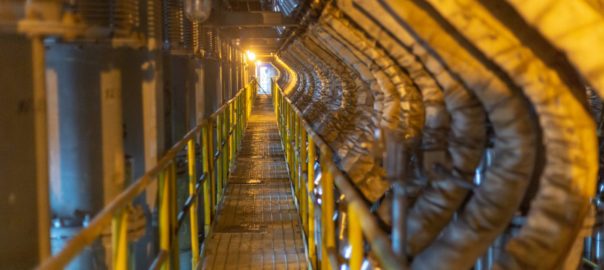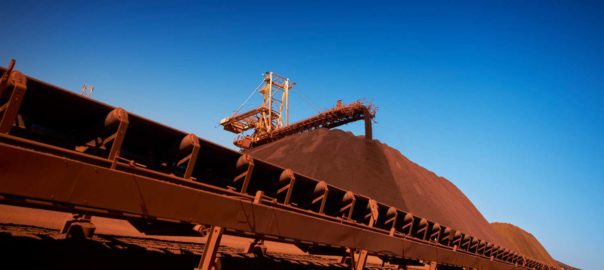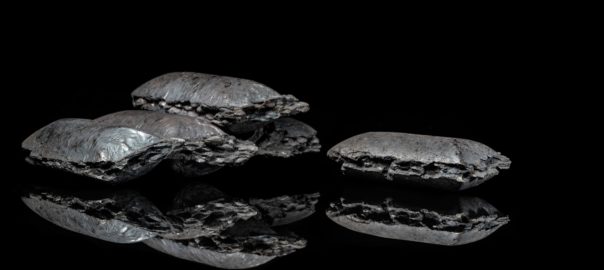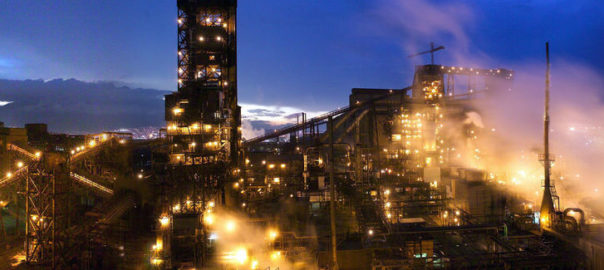Kobe Steel says it has successfully demonstrated technology that can significantly reduce CO2 emissions from blast furnace operations, combining the technologies of Midrex in the engineering business and the blast furnace operation technology in the iron and steel business.
This achievement is a result of the integrated efforts of the Kobe Steel Group (also known as the KOBELCO Group) leveraging its diverse businesses, it said. The demonstration test was conducted for a month at a large blast furnace (4,844 cu.m) of the Kakogawa Works in Hyogo Prefecture, Japan, in October 2020.
The quantity of CO2 emissions from the blast furnace is determined by the reducing agent rate (RAR), or the quantity of carbon fuel used in blast furnace ironmaking. In the demonstration test, it was verified that RAR could be stably reduced from 518 kg per tonne of hot metal (thm) to 415 kg/thm by charging a large amount of hot briquetted iron produced by the MIDREX® Process. The results indicate that this technology can reduce CO2 emissions by approximately 20% compared with the conventional method, the company said.
In addition, the world’s lowest level of coke rate (239 kg/thm) has been achieved in the demonstration test of this technology, the company claimed.
Kobe Steel sees this as a promising solution that could become readily available soon at a lower additional cost compared with other CO2-reduction measures.
The MIDREX Process uses natural gas as the reductant and pellets made of iron ore as the source of iron to make direct reduced iron through the reduction process in the shaft furnace. In comparison with the blast furnace method, the MIDREX Process can reduce CO2 emissions by 20-40%.
The company said: “We will keep improving this CO2-reduction solution technology while further reducing CO2 emissions and achieving lower costs for CO2 reduction. Beyond our own efforts to reduce emissions from our facilities, we will strive to contribute to the acceleration of CO2 reduction through introducing this solution to blast furnaces around the world.
“In addition, we believe that the success of the demonstration test on an actual blast furnace has made a significant step forward in providing low CO2 steel products to customers. As moving forward with our environmental efforts on the scale of the whole supply chain, we will establish production and sales systems and define the terms and conditions for sales so that we can provide customers with low CO2 steel products that offer new added value.”










